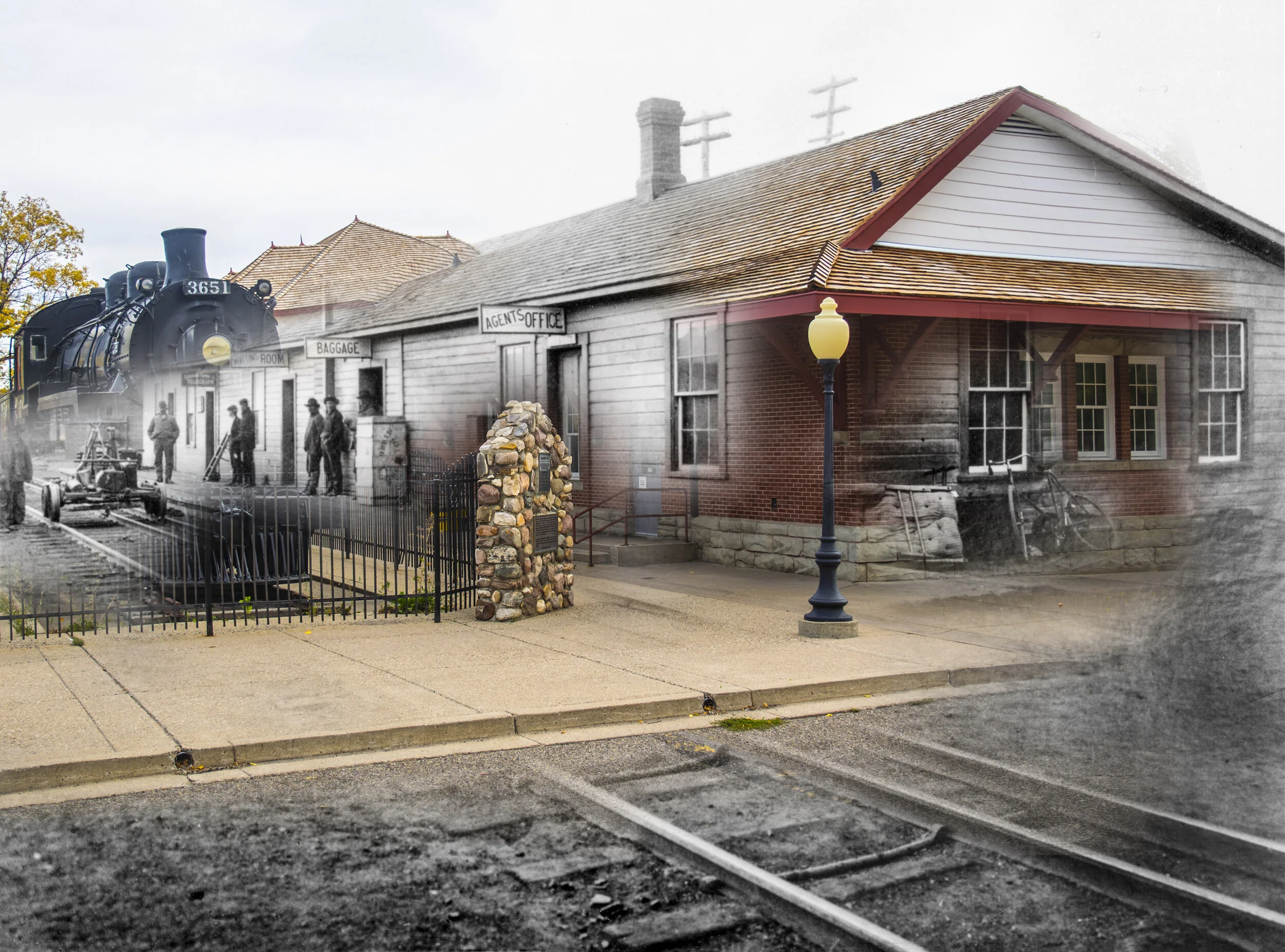The Galt has been digitally releasing stories about some of those objects to online audiences. The most recent of the objects to be featured are a chess set and painting that belonged to Willi Mueller, a German prisoner of war. These objects are of national historic importance.
Read MoreIn 1972, a group of southern Alberta residents petitioned the National Sport Federation to allow Lethbridge and 13 surrounding communities to host the 1975 Canada Winter Games. The organizers of the event worked hard to host the games, whose motto that year was “Unity through Sport.” The 1975 games were the first hosted by a regional group.
Read MoreCollections Technician Kevin MacLean explains why newer, more contemporary objects like CD Players find a home in the Galt's permanent collection as important material history, and listen to donor Rod Schultz share this object's story.
Read MoreWilliam Perchaluk was one of 8,579 individuals interned in Canada as “enemy aliens” during the First World War. He was born in about 1890 in Dereniowka, then part of the Austro-Hungarian Empire, and likely immigrated to Canada between 1911 and 1914.
Read MoreIn the first month of the First World War, Canadian military officials began planning for an internment camp, to be located at the Exhibition Grounds in Lethbridge. Renovations were completed to convert the horse stables and poultry building into living quarters, and to add a barbed wire fence. The facility was opened on September 30, 1914, and in mid-1915 it became a first-class camp designated for non-working prisoners who were primarily German or German-speaking Austrians.
Read MorePraised by Canadian artist Bart Pragnell for his “high calibre” artistry with a “thoroughness and technical excellence sometimes missing in contemporary work,” Riethman was able to incorporate these aspects of his training and experiment with modernist developments in art such as impressionism, cubism and abstraction.
Read MoreThe Inn Purple was a young adult coffee house that was open from 1967 to 1968 in Lethbridge. It was a place where teens and young adults could go to hang out, listen to music and dance without drugs, alcohol or their parents.
Read MoreCome explore A Painter’s Paradise at the Galt Museum & Archives, on display until May 10.
Read MoreEarly Alberta artists Michael Pisko and Ernest E. Riethman had many things in common. They worked in commercial art and in their spare time were respected members of the Lethbridge art community. This included teaching, exhibiting and receiving critical recognition.
Read More“It was Hitler’s birthday. His birthday present — 1000 young Jews herded into cattle cars, bound for the Auschwitz-Birkenau death camp. Among them were 21-year-old Eva Brewster and her mother. They were to be two of only seven from that transport who survived the Second World War.”
Read MoreIn 2019, Jim Hutton offered to donate sections of railway track to the Galt that had been part of the old Lethbridge Rail Yard. The rail yard was built around the 1910s and was removed in the 1980s by Cadillac Fairview Company in preparation for the construction of Park Place Mall.
Read MoreThe Galt received a donation of a tuba that was played by German POWs interned at Camp 133 in Lethbridge and was later played by members of community bands in Lethbridge and southern Alberta.
Read MorePainted icons donated to the Galt Museum & Archives from the Ukrainian Greek Orthodox Church of Holy Triniti.
Read MoreIndividuals’ experiences differ widely between generations or depending on their own background. Lethbridge today is made up of many shifting queer communities; some are just small groups of friends, while others are larger, more formal organizations.
Read MoreQueer lives are rich, vibrant and compelling. However, we do not tend to think of them when we think of “history.” Even when queer histories are examined, they tend to look at large cities in the United States, like New York and San Francisco—or, in Canadian examples, Toronto, Montreal and Vancouver. So far, very little has been documented about smaller centres like Lethbridge.
Read MoreIn the later twentieth century, traditional department stores faced growing competition from shopping malls, discount retailers and online shopping. The Hudson’s Bay Company, Sears Canada and Zellers all took market share from Eaton’s, and the creation of big-box stores in the 1990s made it difficult to compete.
Read MoreLethbridge Eaton’s was a destination for women to enjoy the afternoon. The store had a soda bar where shoppers could rest and enjoy something to eat and offered the latest fashions, cosmetics and everything a household could need. The store was also an important employer for women in Lethbridge and many worked long careers as “Eatonians.”
Read MoreEaton’s opened its first “TECO” store in Lethbridge in 1927 at the corner of 4 Avenue and 6 Street South. The store became so successful that in 1955 the company built a new, modern building at the same location. Eaton’s became a landmark in Lethbridge and the central shopping hub for residents looking for quality goods.
Read MoreThe Galt Museum & Archives have been entrusted with the care of a set of medals from an Issei (first generation Japanese immigrant) veteran from southern Alberta who fought in the First World War. Pat Sassa donated the medals which were awarded to her Okinawan father, Tomomi Okutake.
Read MoreIn the First World War, eight Issei joined the Canadian army from Raymond. The cenotaph in Raymond lists two of them who died in the war: K. Sugimoto and T. Suda.
Read More



















